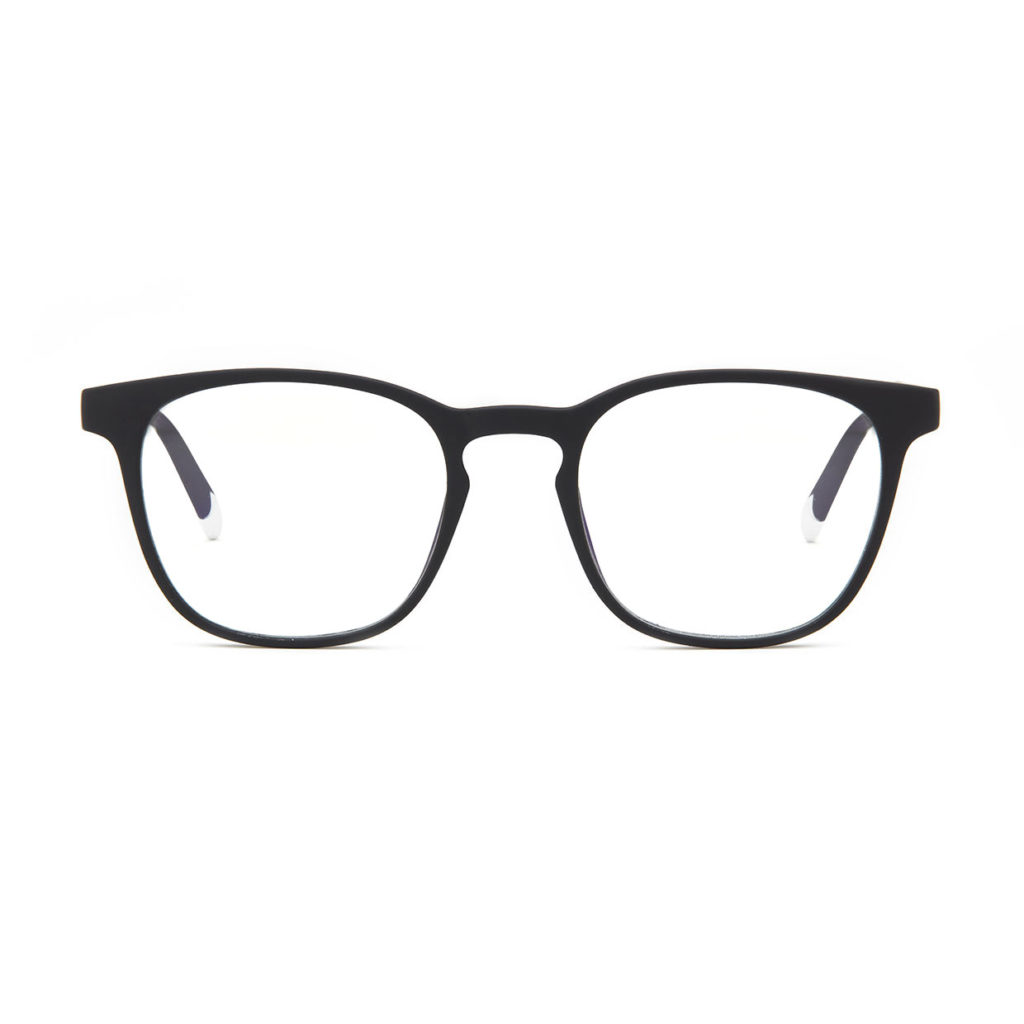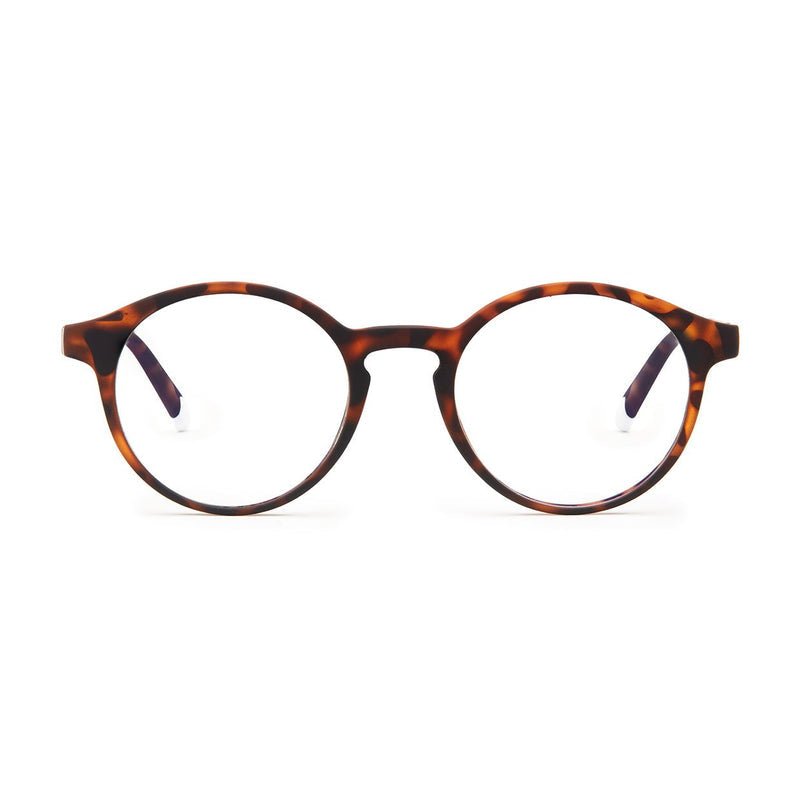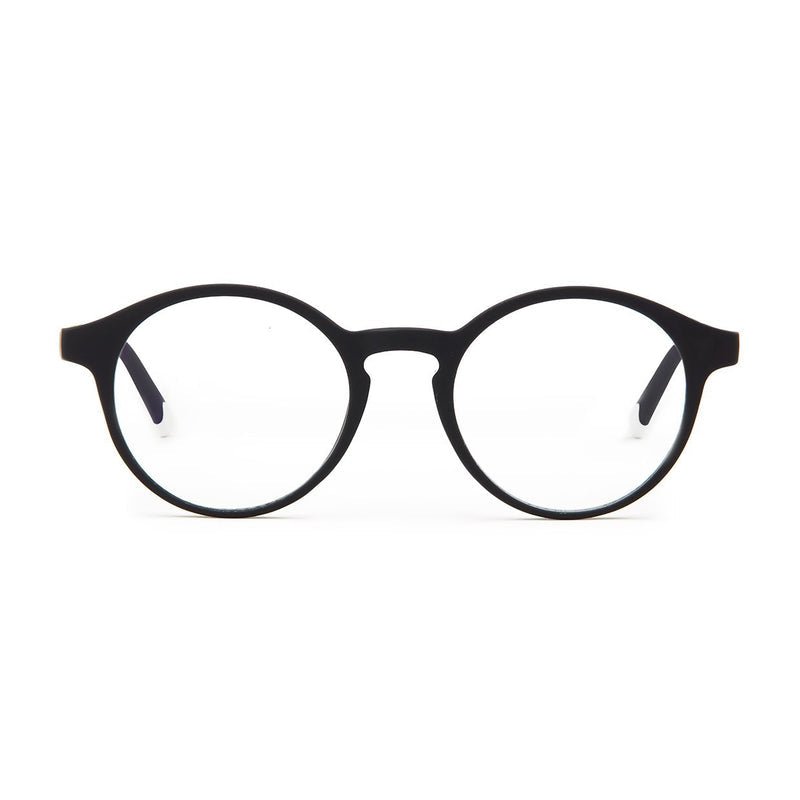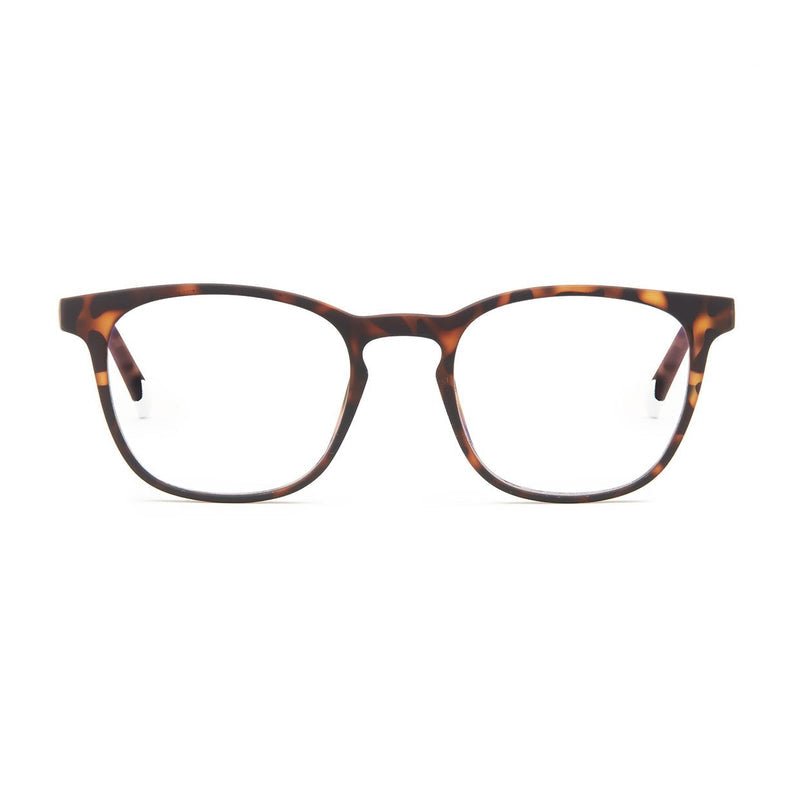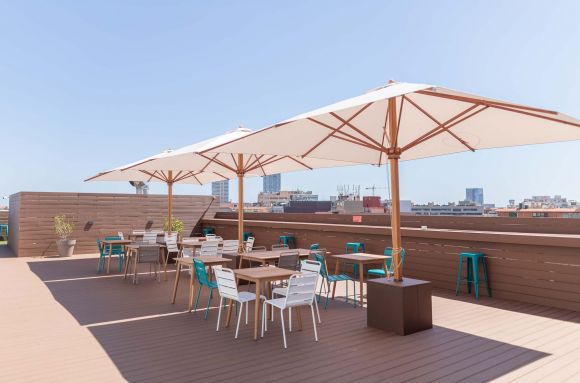
The low bridge fit – Is it for you?
Are you thinking of buying some brand-new glasses but you’re not sure about the type of frame and bridge fit that would suit you best? Have you heard about the low bridge fit and are now wondering if it’s for you? You’re in the right place! We will tell you everything you need to know about it! Plus, if you want more information, don’t miss out on our complete fit guide!
How to know if we have low bridge fit
When it comes to glasses, there are many different types and sizes of frames. After all, it makes sense: our face shape is unique and can really vary from one person to another.
The size of our glasses’ frames is typically guided by three main elements:
- The distance between our eyes
- The size of our nose bridge
- The width of our head
These three factors above typically influence the three number descriptions we find on every frame to gauge their size:
- The lens width: the greater the distance between our eyes, the bigger this number will be, and vice versa.
- The bridge width: this number is measured horizontally, and it indicates the distance between the lenses, where the bridge of our nose will fit. As such, depending on the shape of our nose, we can find high or low bridge fits.
- The temple width: the length of the arm, starting from the frame until it reaches behind our ears. The wider our head is, the bigger this number will be.
Now that we understand the basic information, let’s delve into a specific element regarding the size of our frames: the low bridge fit.

What is a low bridge fit?
A low bridge fit is required when the slope of the nose is either level with or underneath the pupils.
If this applies to the bridge of your nose, the low bridge fit will help to stop your glasses falling or shifting onto your cheekbones.
Low fit vs. standard fit
Even if visually the differences are subtle, when observed with greater attention, you’ll quickly notice that low bridge fits tend to be wider and not as high-up as their standard fit counterpart.


These are the benefits of low bridge fits
Learning how to choose the best frame according to our facial features is extremely helpful.
Some of the main benefits are:
- More comfort when wearing glasses
- Increases the visual fit between the frame and our face.
- Reduces the movement of the glasses
Some low bridge fit frames are specifically designed to accommodate different types of noses.
As such we can easily find frames with larger nose pads to avoid any movement of our glasses, and even curved temples so they better adapt to the shape of our face.

How to know if we have a low bridge?
Here are some general guidelines to gauge if we should switch from a high to a low bridge fit:
- The nose pad of our frames shouldn’t be sitting on the slope of the nose between our eyes: instead, it should ideally rest against the sides of the nose. For that effect, many low bridge fits have larger nose pads.
- Frames shouldn’t move when we smile. If the lenses are resting on our cheeks, they are more likely to move with our facial expressions. Low bridge fits ensure that our frames are resting on our nose, not on our cheeks!


